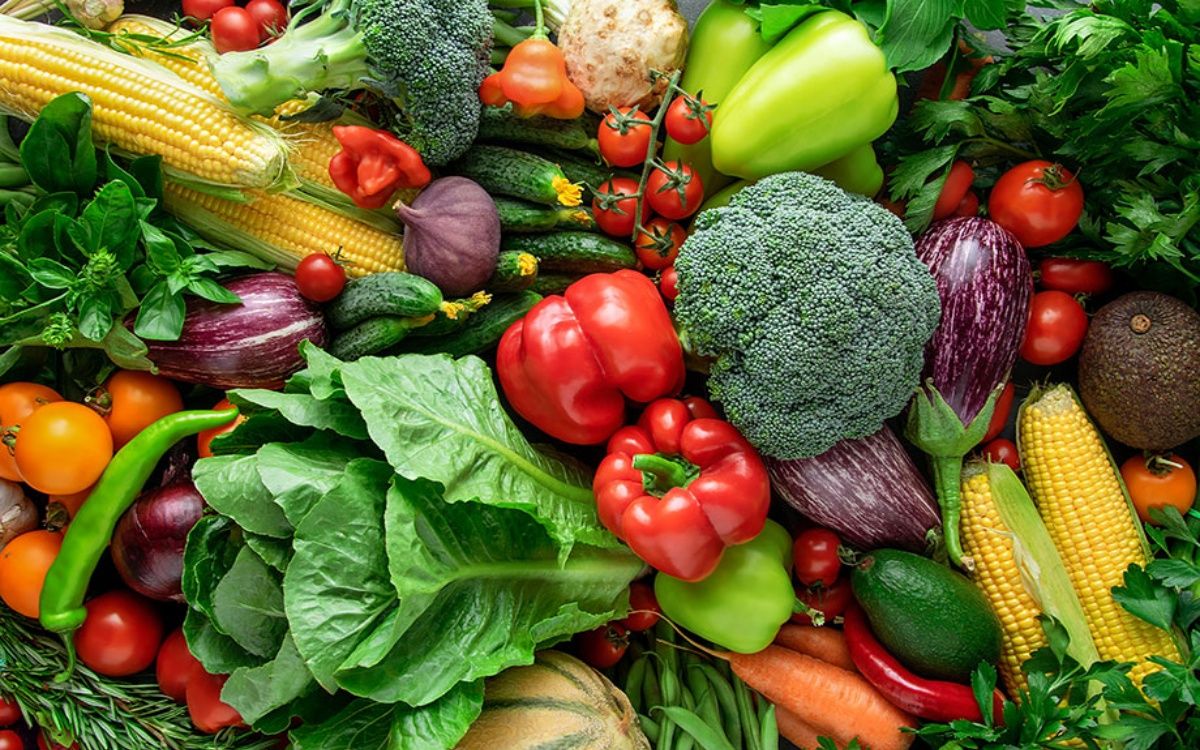Read on to find out how to ingest more protein with vegetables.
Beet Greens
Beets provide vitamin C, calcium, potassium, iron, magnesium, fiber, and 3.7 grams of protein per cup. All of which makes them a great choice of vegetable.
Broccoli
Broccoli is also full of vitamins and nutrients such as vitamins C and K, potassium, folate, iron, and more. This vegetable contains 3.72 grams of protein and is known to help decrease the risk of certain cancers and promote good eye health.
Portobello Mushrooms
These types of mushrooms can be health beneficial. They can be used as a meat substitute when cooked on a grill. However, research shows that Portobello Mushrooms can even lower mortality.
Brussel Sprouts
This vegetable contains both vitamins C and K, folate, and provides a high amount of fiber. Plus, Brussel sprouts provide almost 4 grams of protein per cup. Not a lot of people like them, but they undoubtedly have health benefits.
Asparagus
Asparagus is also a high-protein veggie, but that’s not the most important consideration. It contains 90% of the vitamin K your body needs daily, which is important for blood clotting. Plus, the potassium content helps regulate your blood pressure.
Sweet Corn
This veggie has a high amount of protein, almost 5 grams per cup. However, it can be very sweet.
Collard Greens
Collard Green helps reduce the risk of certain cancers. It contains vitamin K and the calcium important for your bone strength.
The Power of Protein-Rich Vegetables
If you want to eat protein-rich vegetables, be sure to consider the options featured above. Apart from those vegetables, spinach, peas, Hubbard Squash, and sweet and russet potatoes also make the list of high-protein vegetables. Most of which also contain important vitamins for a healthy body.

